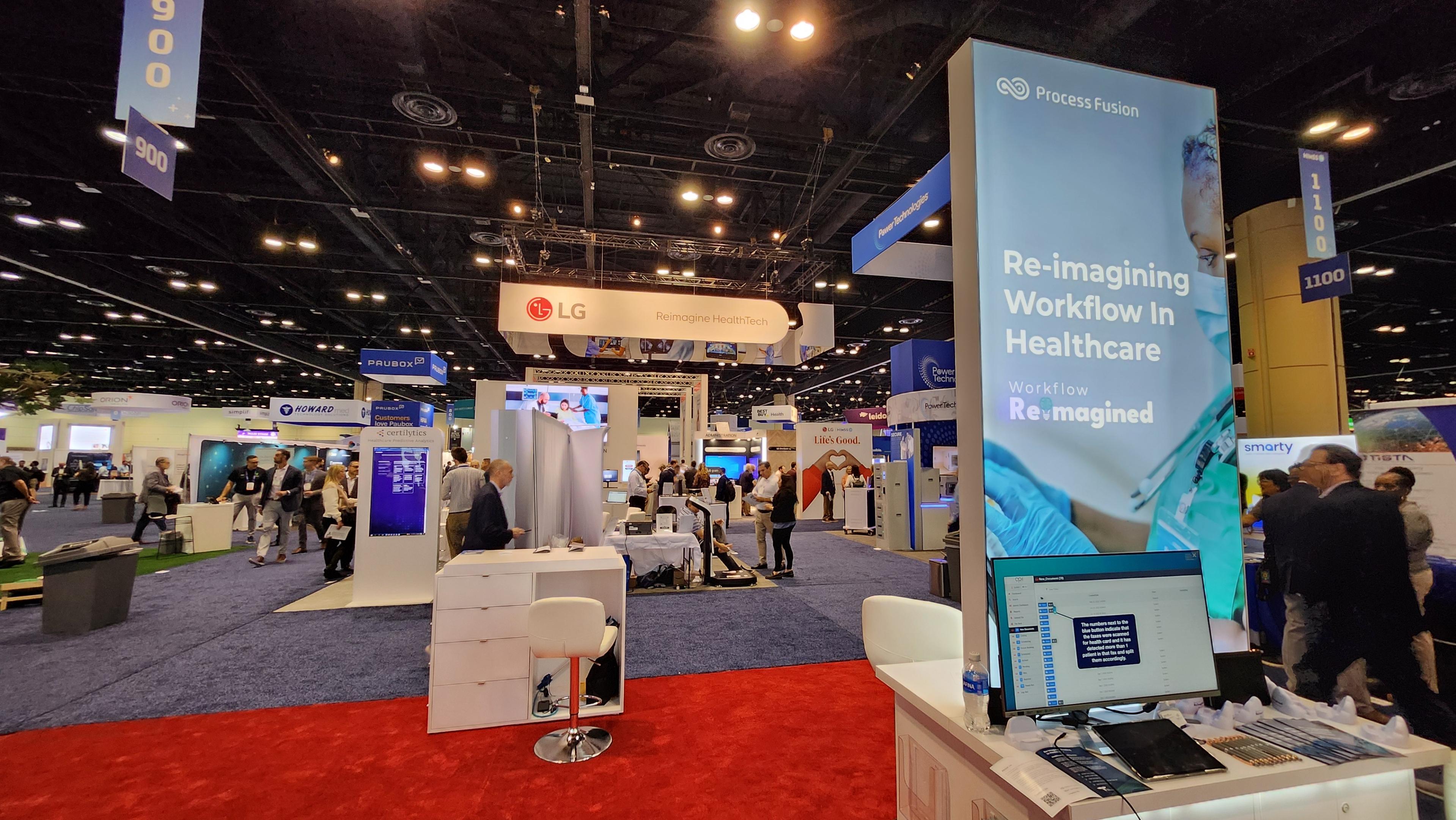
Productive employees are an asset to a company, regardless of which role they serve in the organization. They save time and resources regularly and benefit the company with their efficiency. However, these employees are rare and companies have created a system for ensuring productivity and efficiency.
In today’s digital economy, businesses manage extremely complex processes, where data plays a crucial role. Many of these processes are filled with repetitive work, such as performing data-intensive tasks manually when we have technologies to automate them.
One study shows that 53% of employees believe that automating tasks can help them save two hours each day. Even a small margin like this can save up to 20 hours a month and 240 hours annually, for every employee.
Automating tasks is ideal for making the best use of your employee’s time and helping your workforce become more productive. In this article, we will discuss how intelligent automation is helping companies create a hybrid workforce.
Robotic Process Automation and the Evolution of Automation in the Workforce
Robotic process automation (RPA) is the process of automating repetitive actions in a business process. It helps improve efficiency and lower costs. Developers analyze how humans perform a certain task and recreate steps needed to complete that task through software. The software plays back, mimics, and repeats what the human does and then manages to complete the task.
Businesses first applied this technology to replace or augment human and digital labor, helping them create increasingly productive workforces. This also enabled them to relay repetitive tasks to digital labor and focus human labor efforts on higher-value activities.
However, RPA, on its own, has limited capabilities in most situations. It doesn’t use artificial intelligence to improve its processes. This is why RPA software fails to convert semi-structured and unstructured content into a machine-readable format.
Businesses look for other ways to expand the number and types of tasks they can fully automate with the help of artificial intelligence (AI). Because of this, many RPA vendors packaged core RPA technology with AI and extended their solutions into Intelligent Automation.
What Is Intelligent Automation?
Intelligent automation is an extended version of RPA that has a new set of capabilities assisted by artificial intelligence. This is why some of the most common use cases of intelligent automation use algorithms for capturing, classifying, and converting semi-structured and unstructured data from documents into a machine-readable format.
It builds upon RPA and includes intelligent features. For instance, if an RPA bot adds a PDF file to an AI queue, IA will process and deliver a machine-readable output to RPA. Before that, it can perform several tasks such as comparing data from a purchase order record and an invoice, validating the invoice, identifying errors, and updating wrong entries in the database.
Intelligent Automation’s Role in Creating a Hybrid Workforce
In the future, intelligent automation will help us create a hybrid workforce. In the workforce, humans and bots solutions will work alongside seamlessly to complete work more productively and efficiently.
This will help companies deliver exceptional experiences to both employees and customers. An intelligence-driven hybrid workforce will help us focus on cognitive strengths such as creativity, empathy, strategy, and judgment.
As companies increase their efforts for intelligence to complement digital transformation efforts, they are enhancing the capabilities of their RPA initiatives and adding machine learning, natural language processing, artificial intelligence (AI), and intelligent document processing to their processes.
Intelligent Document Management
By combining OCR and other computer vision algorithms, you can augment bots with your human workforce. Intelligent document managementallows you to process important business documents, such as purchasing orders, payments, claims, invoices, and on-boarding documentation.
Download the eBook: AIIM’s Report on Incorporating Intelligent Capture into Your Digital Transformation Strategy
Optimize Processes
Intelligence automation sometimes refers to labor-related automation, but most people use it to denote the AI or intelligence applied to automation. Vendors use intelligence algorithms to resolve capture problems. At the same time, these algorithms help companies make predictions and recommendations, where these predictions help us resolve problems proactively.
Data-driven solutions give managers an accurate overview of the entire operational landscape. By including bots that summarize key information, you can identify inefficiencies tied to reworking, waste, and needless manual activities.
Informed Decision Making
Prescriptive analytics is an intelligence-driven field where the software recommends the next best actions, especially when the situation is uncertain. The AI algorithm helps us prioritize the ideal course of action in a particular situation. Insight from these solutions can help users make informed decisions and minimize the likelihood of errors.
Processing Claims and Customer Service
In many situations, your staff has to resolve hand-written complaints, as well as business documents with handwriting. Technologies such as natural language processing allow you to recognize handwriting accurately and transform it into a digital and machine-readable format.
As a result, you can use bots to classify the subject line of emails or the notes in a customer service call to extract meaning. By leveraging these features as AI skills, intelligent automation helps us augment bots in the workforce and ensure that you automatically route emails to the relevant staff.
At the same time, image recognition algorithms can help your workforce process manufacturing and claims by interpreting pictures for assessing damages and quality assurance.
Digital Mailroom Automation
Digital mailroom automation is the process of automating incoming mail processes. The technology leverages smart document capture to digitize incoming emails and documents. Moreover, the technology becomes a competent virtual assistant to your office, as it classifies, and distributes essential emails and documents to relevant users in the organization.
These mailroom systems standardize internal mail distribution procedures. Here, intelligent automation provides a secure and cost-effective solution for digitizing incoming faxes, invoices, and other essential emails.
Why Is Intelligent Automation Here for the Future?
Intelligent Automation solutions is becoming popular among professional services that leverage cope with RPA features and embed useful AI features for larger solutions. As data-driven and data science solutions become an essential part of businesses, intelligent automation will shape the hybrid workforce of the future.
Over time, intelligent automation solutions will minimize the need for extensive programmatic, data processing, and data science skillsets. Because of this, intelligent automation will play a key role in normalizing knowledge work.







